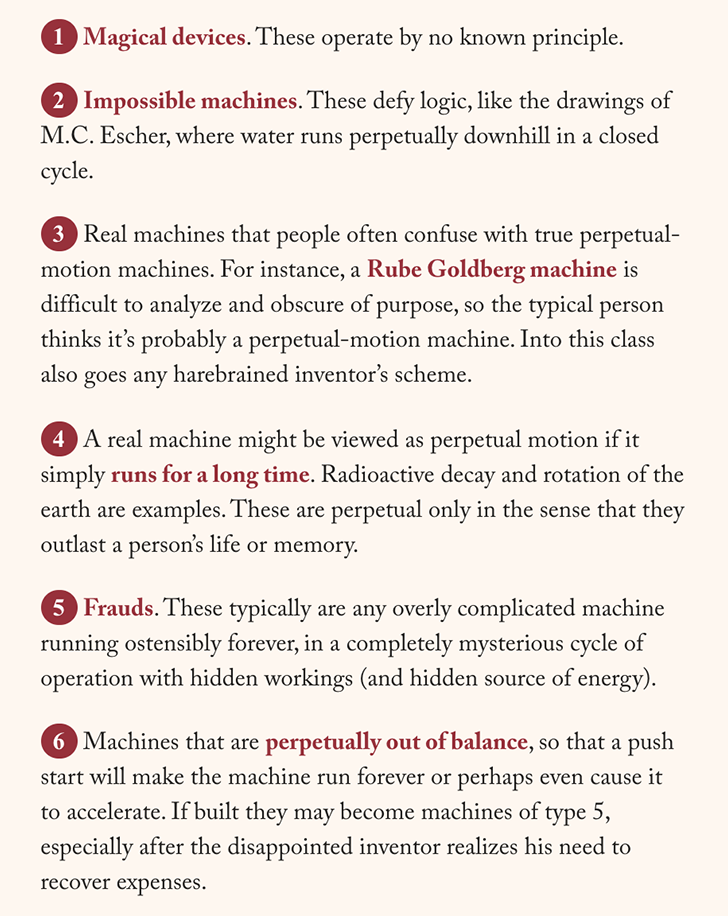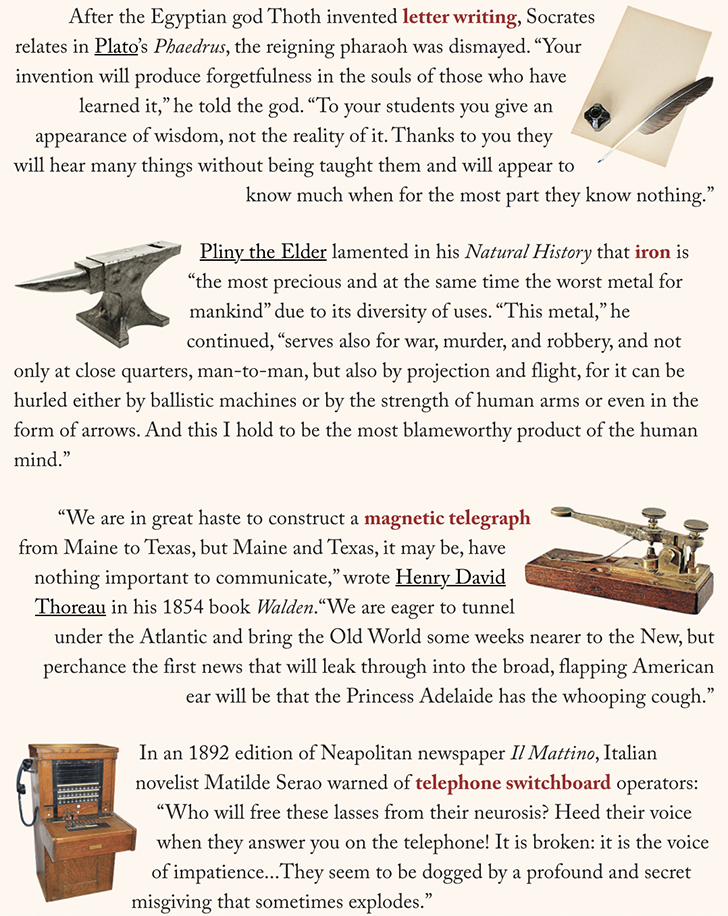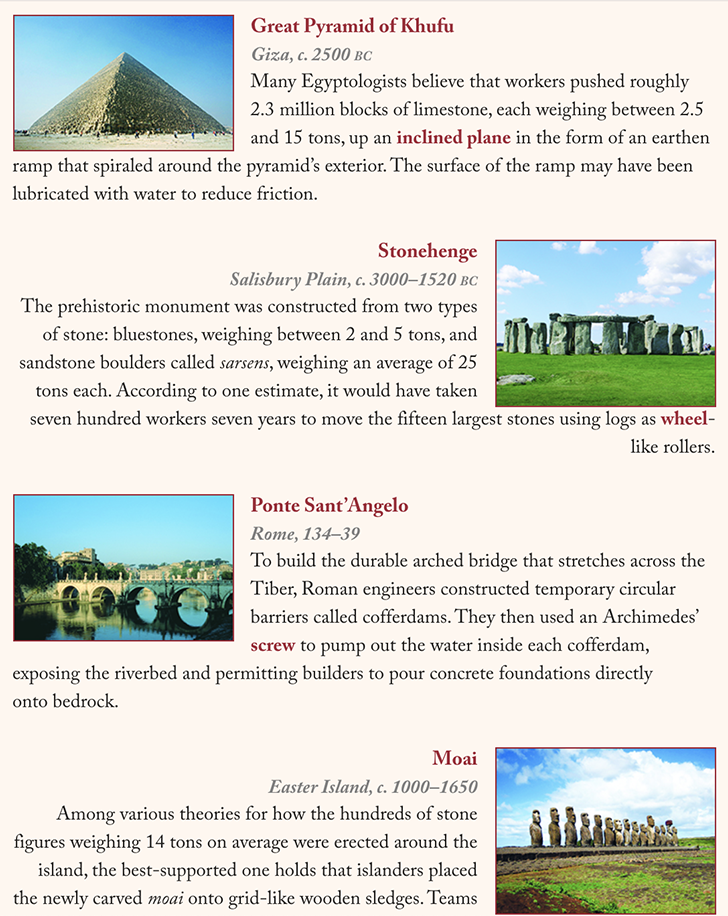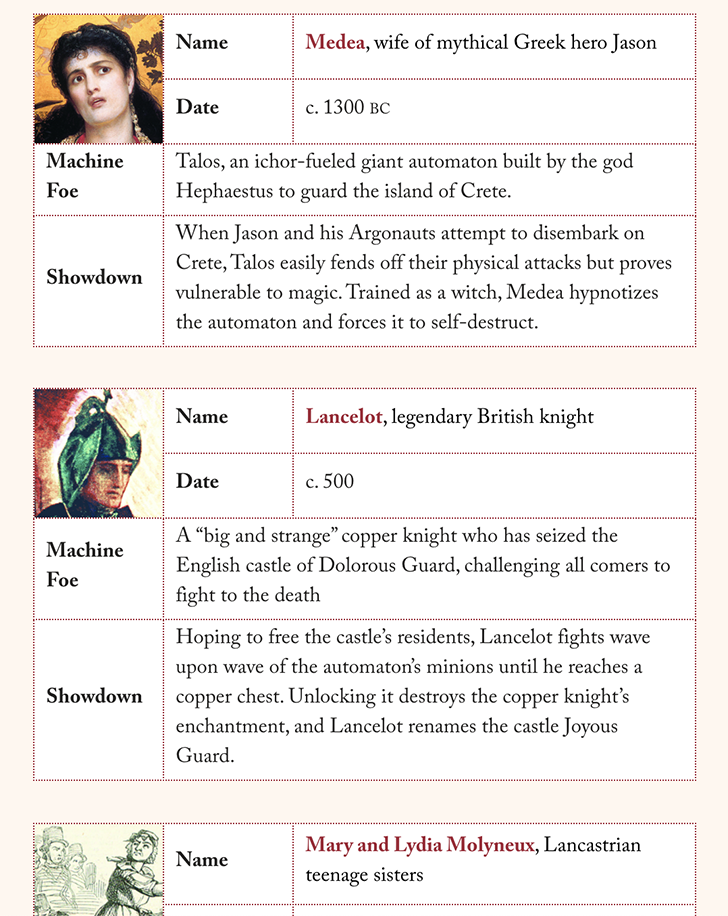Miscellany
“There is a story, repeated by a number of Roman writers,” explained the classicist Moses Finley, “that a man—characteristically unnamed—invented unbreakable glass and demonstrated it to Tiberius in anticipation of a great reward. The emperor asked the inventor whether anyone else shared his secret and was assured that there was no one else; whereupon his head was promptly removed, lest gold be reduced to the value of mud.”
Miscellany
Philadelphia chemist Robert Cornelius took what is widely believed to be the first “selfie,” in the back of his family shop, by removing the camera lens cap, running into the frame, and then replacing the lens cap. On the back of the photograph he wrote, “The first light picture ever taken. 1839.” Three-quarters of a century later, Russia’s grand duchess Anastasiya Nikolayevna took a series of self-portraits, steadying herself on the back of a chair. “I took this picture of myself looking in the mirror,” she wrote in 1914, four years before her execution. “It was very hard, as my hands were trembling.”
Miscellany
Euripidean drama requires “the sudden jolt of the machine” to clarify the characters’ “peculiar sense of the political,” writes classicist John Snyder. “The deus ex machina breaks in because that is what history does…outside forces, irrational, nonhuman in origin and agency, yet utterly human at the same time, make people do what they do.”
Miscellany
In August 1945 pioneering computer programmer Grace Hopper was working at Harvard University on the experimental Harvard Mark I, an electromechanical protocomputer being used in the war effort. After a circuit malfunctioned, one of her colleagues removed a two-inch-long moth using tweezers. Hopper taped the moth into her logbook and later recalled the first use of a now ubiquitous term: “From then on, when anything went wrong with a computer, we said it had bugs in it.”
Miscellany
The earliest recorded process of silver extraction occurred in first-century-bc China by an alchemist named Fang, who devised a secret procedure for boiling off mercury and leaving behind pure silver residue. After her husband tortured her in order to learn her secret, and as she was possibly suffering from mercury poisoning, she went insane. Ten centuries later a girl named Geng Xiansheng was summoned to the emperor’s palace to transform mercury and “snow” into silver. “She mastered the art of the yellow and white [alchemy],” wrote one historian of Geng, “with many other strong transformations, mysterious and incomprehensible.”
Pages





